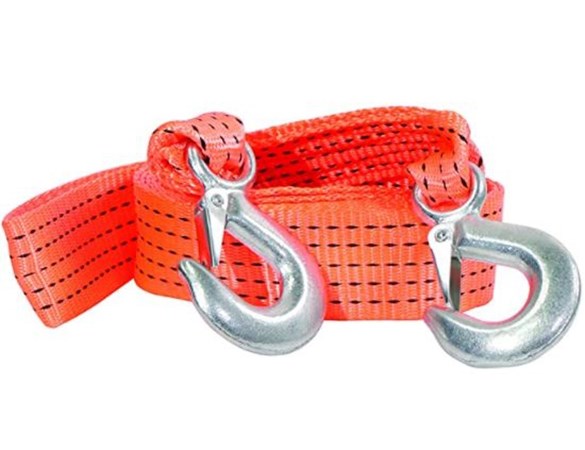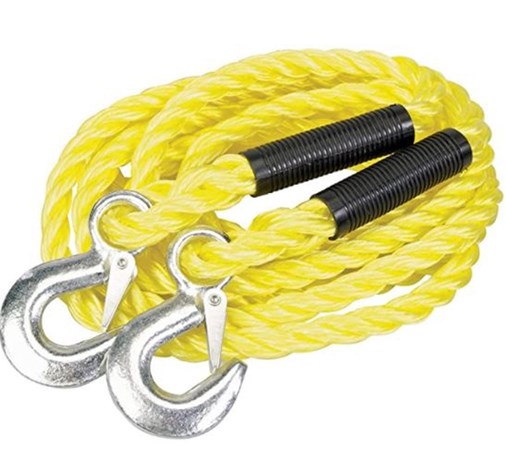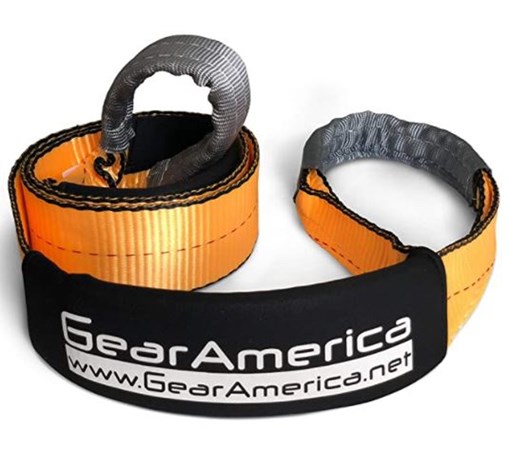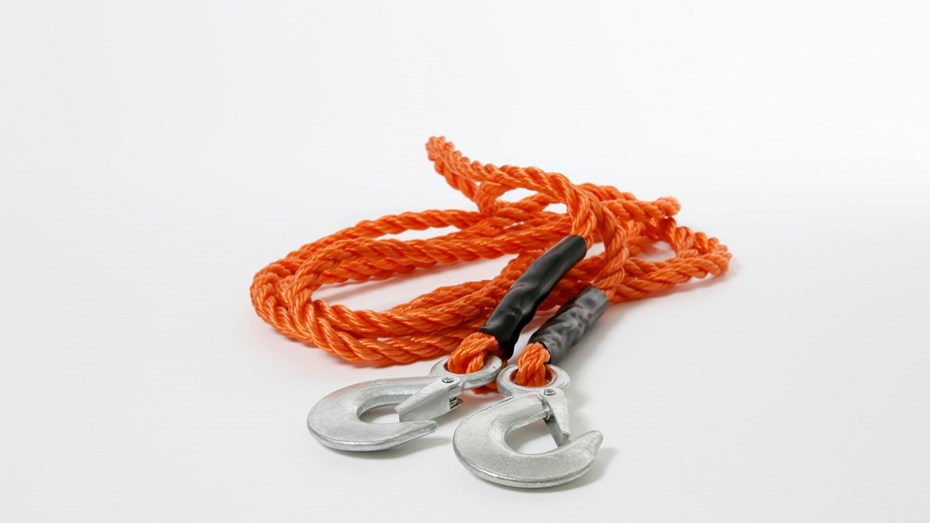Given they take up such little space, tow ropes are very handy things to keep in the boot of your car. They aren’t so useful on the shelf in your garage, however. Granted, tow ropes may seem unnecessary in today’s world of breakdown response vehicles and are only used by off-roading enthusiasts. But if you’ve ever been in the scenario, you may well know that a fast breakdown service is not always a reality.
Thus, tow ropes can be time savers if you happen to chance upon an unfortunate breakdown – either suffered by you or someone else. Tow ropes don’t have to be expensive, but there is a great range available. Here, we recommend a selection of the best two ropes, plus a guide on towing.
The main thing for you is to get a rope with a reasonable tow rating – certainly, one that can at least cater to the weight of your own vehicle.
How to use a tow rope
Knowing how to tow properly is extremely important. Since ropes operate under severe tension, not using them properly can be seriously dangerous. Here, we explain the dos and don’ts of towing.
The rules around on-road towing are as follows:
• The maximum distance between a vehicle and the one it is towing is 4.5 metres; if the distance between the two vehicles is more than 1.5 metres, the rope must be made clearly visible to other road users. You can do this by tying a coloured cloth or flag in the middle.
• The vehicle being towed still has to be road legal, and the person driving it must hold a valid licence.
• The towed vehicle still needs to be able to use its lights if being towed on the dark.
• Do not tow on a motorway.
• Ideally, you should advise the vehicles’ insurance companies about towing beforehand, in order to avoid any insurance issues.
The best tow ropes
AA 4-Tonne Heavy Duty Tow Rope

Price: £9.60 | VIEW OFFER
Classic AA value for money and dependability, it’s a four-metre-long elasticated (to reduce tension on the rope strap) with a four-tonne rating. There are quick-release metal hooks at each end and it comes with a carry bag and instructions. This rope is available with four different towing ratings, from two tonnes to four tonnes.
Pros:
• Affordable with quality hooks
• Good variety to suit different needs
Cons:
• Hope you like yellow
Streetwize Heavy Duty Tow Belt

Price: £12.99 | VIEW OFFER
Streetwize is one of the UK’s largest distributors of automotive accessories. This tow belt comes with a 6.5-tonne rating, 3.5-metre length, steel hooks at each end and comes with a carry bag, flag, and instructions.
Pros:
• Great value for performance
Cons:
• None
Silverline Tow Rope

Price: £24.05 | VIEW OFFER
A lighter tow rope with a lower rating of two tonnes. This one is four metres long, with metal hooks at each end and comes with an instruction sheet.
Pros:
• Simple and dependable
Cons:
• Expensive for only two tonne rating
GearAmerica Heavy Duty Tow Rope

Price: £48 | VIEW OFFER
This is a very heavy-duty tow rope for heavier vehicles and off-roading, with a 15.8-tonne break limit. It’s 2.5 metres long, with reinforced eyes, a protective sleeve and instructions and bag included.
Pros:
• Can take pretty much any vehicle on with a huge break limit
Cons:
• Expensive and overkill for vast majority of applications
Attaching the tow rope
Cars have dedicated tow points on them. They should be found easily enough behind a bumper or somewhere similar. Refer to your car’s manual to locate the tow points. Have the top stretched out but not taught before you take off. This is to make sure the rope is not knotted.
Drivers of the tow car
Smoothness is paramount. Make sure you and the driver of the towed car have an agreed signal system before you start, to avoid any surprise manoeuvres. When pulling away, do so very slowly – no more than 5mph – until the rope has tightened. Only then can you speed up, but do not exceed 15mph.
Give lots of warning to the other drivers, take corners slowly and with a wide berth. Brake gradually and gently.
You will need to do a lot of multitasking: looking ahead, keeping an eye on the tow car via mirrors, and checking your own car’s instruments (including oil pressure and engine temperature).
Drivers of the car being towed
• Have the ignition set to ‘on’. Brakes and steering are power-assisted in modern cars. Therefore, without power, they will both feel much heavier than what you are used to.
• Keep the car in neutral, and mimic closely the movements of the tow car.
• Keep tension on the rope. If it begins to slacken, you can apply the brakes very gently to regain the tension. The ropes prefer operating with constant tension rather than extreme jolts.
Sign up to the Parkers Newsletter to keep up to date with more of the latest reviews, news, and recommendations from the Parkers team.
Just so you know, whilst we may receive a commission or other compensation from the links on this page, we never allow this to influence product selections – read why you should trust us.
Just so you know, we may receive a commission or other compensation from the links on this website - read why you should trust us.












